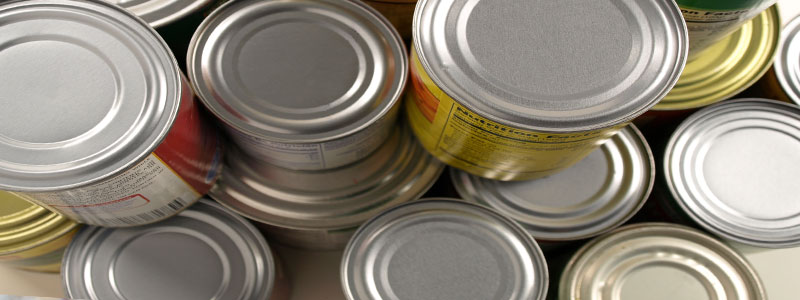Galvanized steel has found more uses than outdoor structures and pallet racks. The FDA has also approved galvanized steel for safe storage of food, with a few exceptions. Though galvanized steel does not offer the naturally antibacterial properties that aluminum offers, it puts forward many other benefits that aluminum does not. The zinc coating on galvanized steel creates a protective barrier not only from the atmosphere where the food is being stored but also from the food on the steel and vice versa. Quite often, food is stored on galvanized steel racks whether it be in coolers, in a pantry, or on galvanized steel pallet racks in a warehouse.
You can find galvanized steel in more than one stage of the food production process. There are food storage racks, bar countertops, and meat storage hooks where food is being processed, but galvanized steel is also present in even earlier stages of production. Farms use galvanized steel in dairy stalls, milk cans and chicken coops among other places. Its anticorrosive properties keeps the living areas of animals clean of rust and not to mention safe from the diseases which rust can caused. Galvanized steel buckets in milk production also keep the milk safe from the contamination by rust.
In warehouses, galvanized steel pallet racks are chosen for food storage because of their durability and resistance to corrosion. Like many of the other items stored on galvanized steel pallet racks, cans of food are heavy. Galvanized steel retains all the strength of steel even through the galvanization process, so galvanized steel racks can hold up to long term food storage better than any other racking option. Galvanized steel shelving is also the best choice for the storage of food in freezers and refrigerators because of it does not rust. And since freezers and refrigerators are moist environments, lack of corrosion is a high priority.

